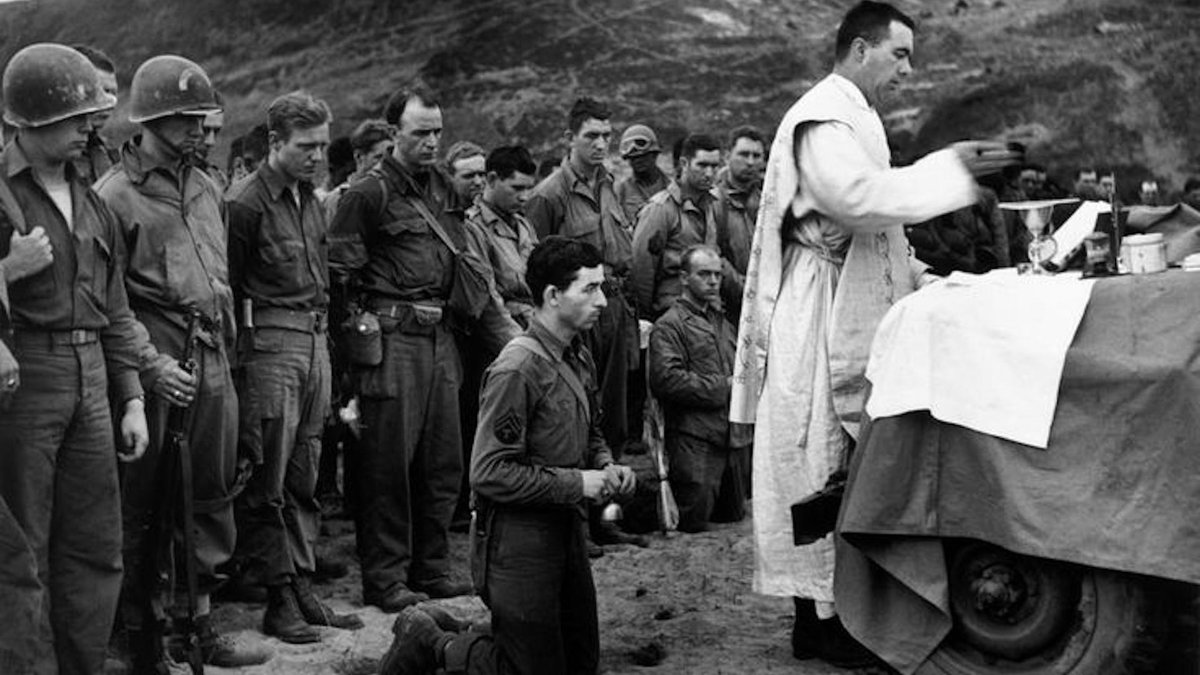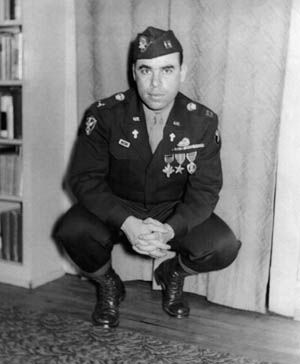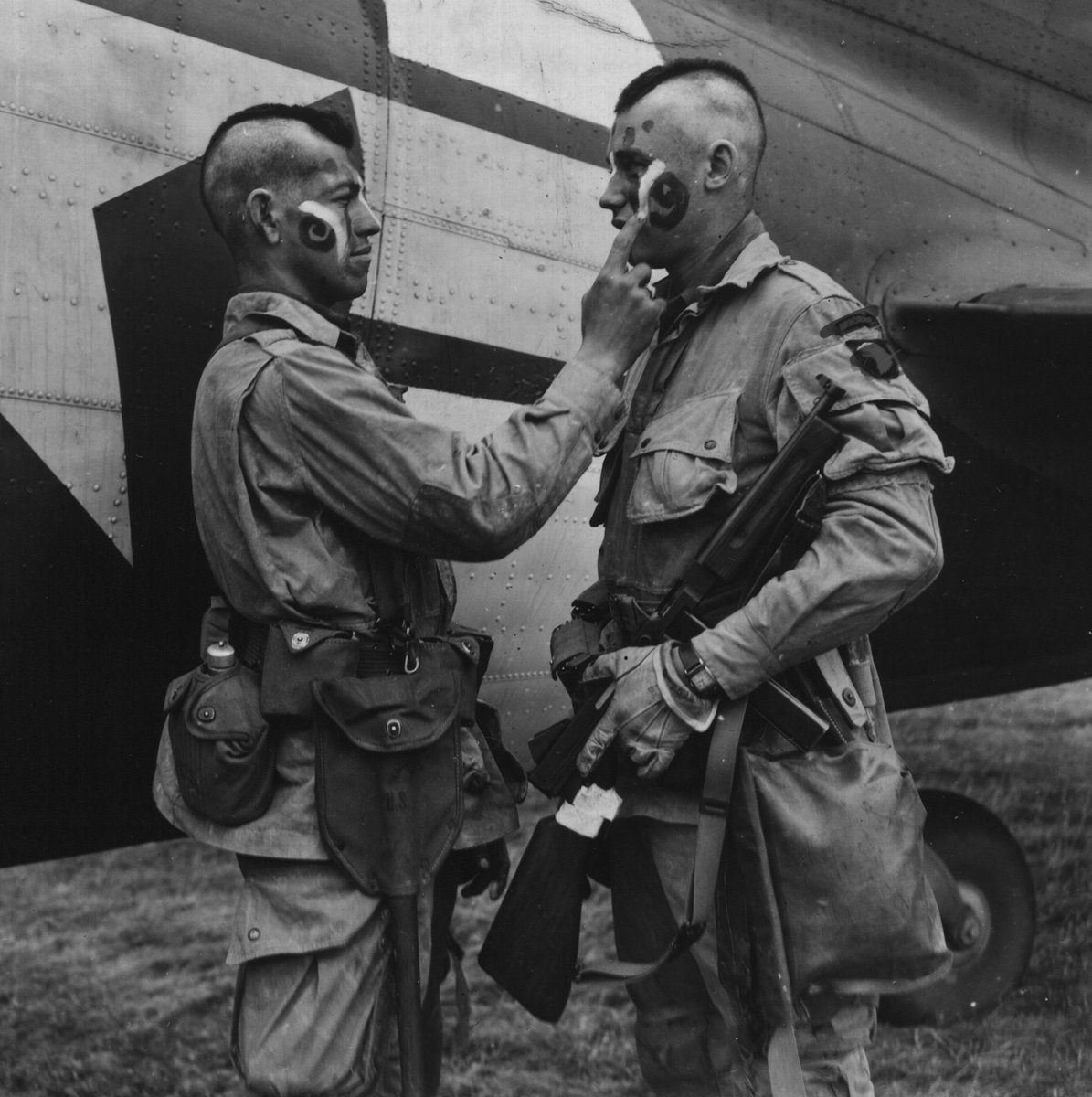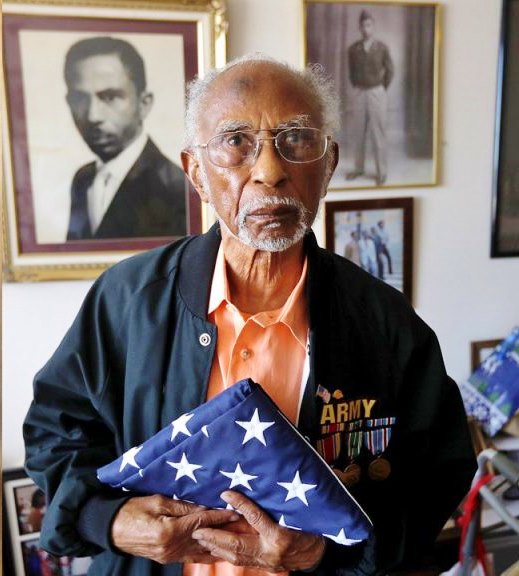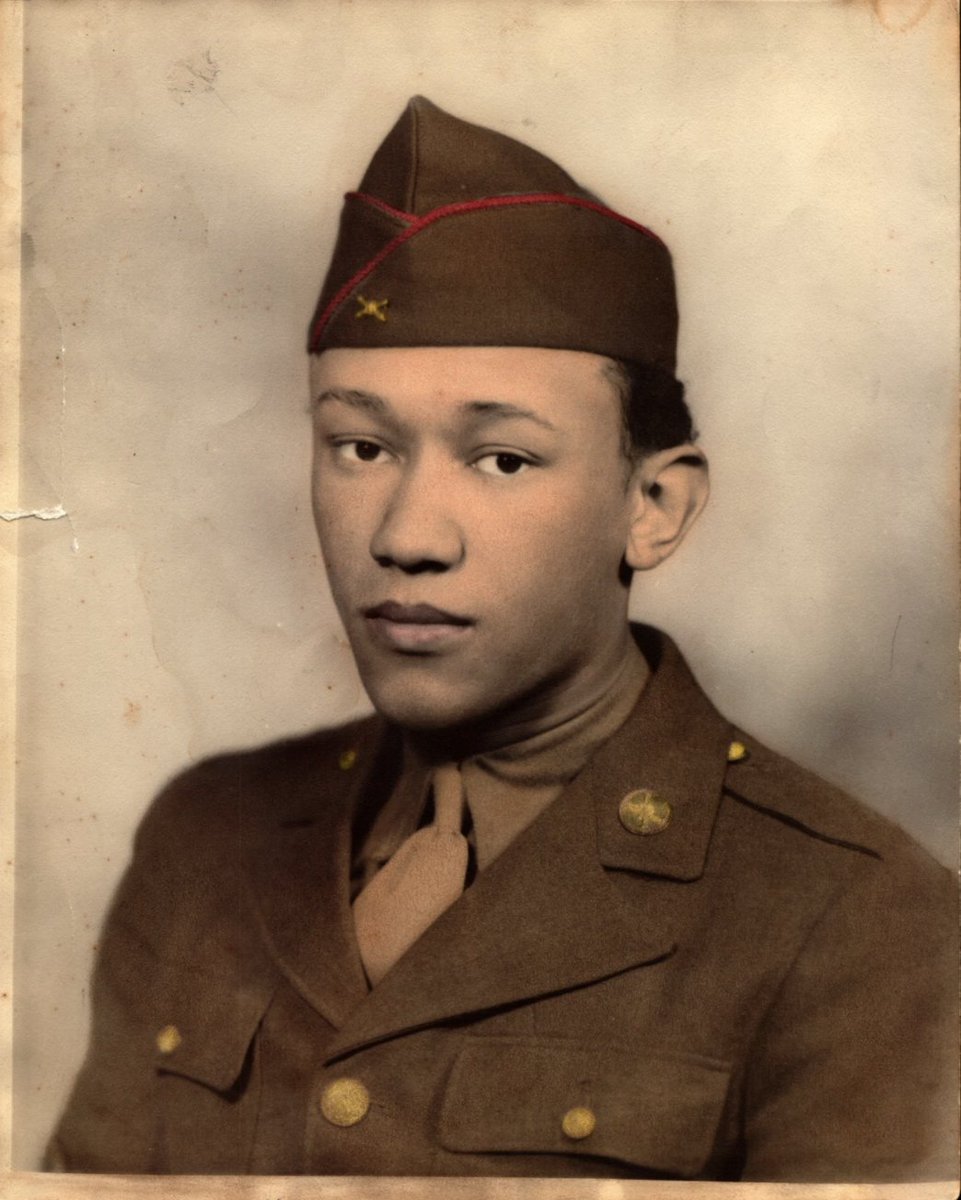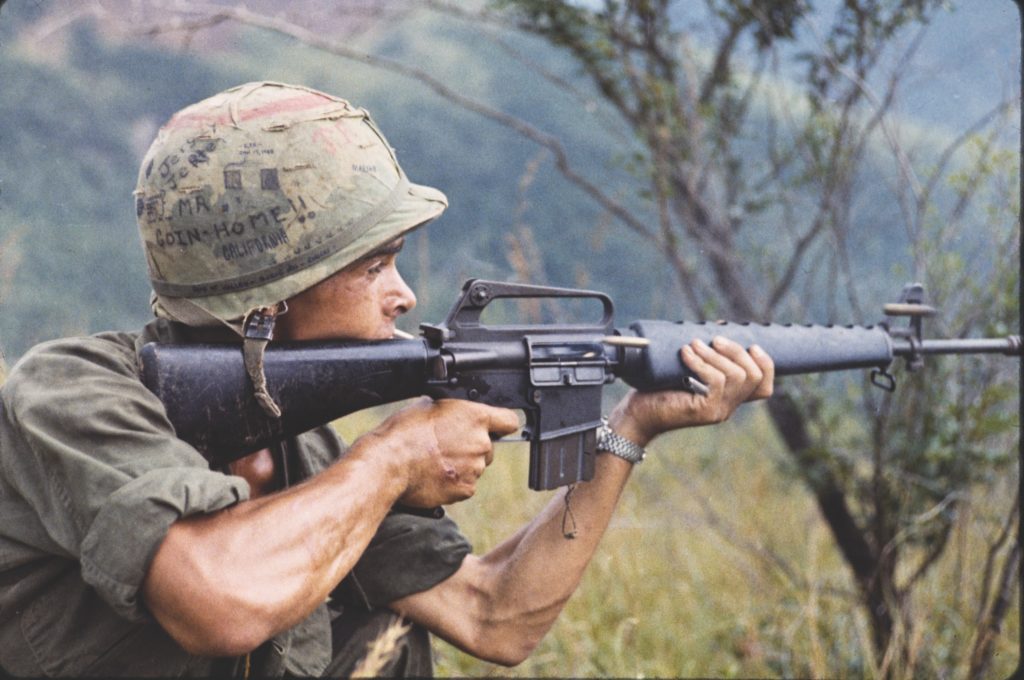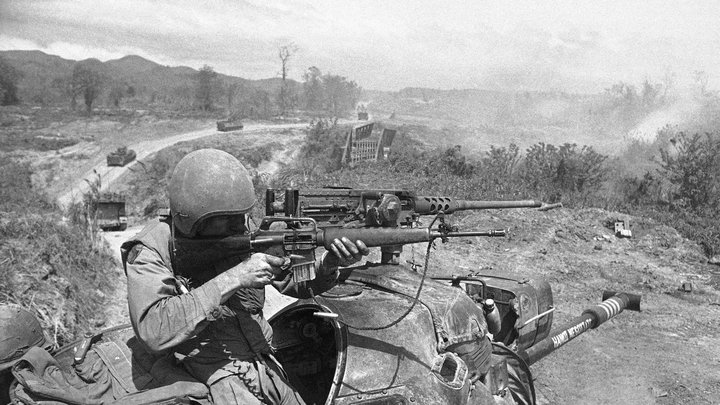
Here is the real, full story of the Army birthday.
On this day in Dragon Corps History (June 14, 1775), the Continental Congress raised 10 rifle companies to fight for the Continental Army [the Continental Army is the lineal ancestor of the U.S. Regular Army].
[1 of 40]
On this day in Dragon Corps History (June 14, 1775), the Continental Congress raised 10 rifle companies to fight for the Continental Army [the Continental Army is the lineal ancestor of the U.S. Regular Army].
[1 of 40]

[2 of 40]
John Hancock, President of the Continental Congress, directed that these companies be filled by “expert riflemen” from three specific states: Pennsylvania, Maryland, and Virginia. Thus far, these states had not provided troops to fight against British oppression
John Hancock, President of the Continental Congress, directed that these companies be filled by “expert riflemen” from three specific states: Pennsylvania, Maryland, and Virginia. Thus far, these states had not provided troops to fight against British oppression

[3 of 40]
By June, 1775, only Massachusetts, Connecticut, Rhode Island, New York were doing all the fighting.
Some of the fighters were just random volunteers looking to fight the Brits on their own. Some were just rowdy fellas looking for something to do.
By June, 1775, only Massachusetts, Connecticut, Rhode Island, New York were doing all the fighting.
Some of the fighters were just random volunteers looking to fight the Brits on their own. Some were just rowdy fellas looking for something to do.

[4 of 40]
Also by June, 1775, representatives from the 13 original colonies realized they had to stand together against British oppression. To do so, they had to adopt a Continental Army.
Also by June, 1775, representatives from the 13 original colonies realized they had to stand together against British oppression. To do so, they had to adopt a Continental Army.

[5 of 40]
An organized force that could fight on land was required. Hancock’s order would resource it.
An organized force that could fight on land was required. Hancock’s order would resource it.

[6 of 40]
Ordering these three states (Pennsylvania, Maryland, and Virginia) to cough up expert riflemen allowed the Continental Congress to spread the burden of the fight for colonists' rights.
Ordering these three states (Pennsylvania, Maryland, and Virginia) to cough up expert riflemen allowed the Continental Congress to spread the burden of the fight for colonists' rights.
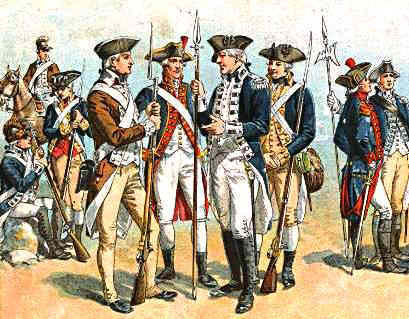
[8 of 40]
To this point in the fight for liberty, individual colonies raised militias like the folks in this image.
These militias were organized in the style of the Militia of Great Britain and were paid by their colonies and loyal to their colonial governors.
To this point in the fight for liberty, individual colonies raised militias like the folks in this image.
These militias were organized in the style of the Militia of Great Britain and were paid by their colonies and loyal to their colonial governors.

[9 of 40]
The composition of each of the new 10 companies was specified by the Continental Congress [and modeled after the British light infantry companies].
Each company would have 1 Captain, 3 Lieutenants, 4 Sergeants, 4 Corporals, and 68 Privates.
The composition of each of the new 10 companies was specified by the Continental Congress [and modeled after the British light infantry companies].
Each company would have 1 Captain, 3 Lieutenants, 4 Sergeants, 4 Corporals, and 68 Privates.

[10 of 40]
Finally, each company would have either a drummer or trumpeter to relay signals and entertain the troops.
Finally, each company would have either a drummer or trumpeter to relay signals and entertain the troops.

[11 of 40]
These men were on a one-year enlistment, paid for by the Continental Congress of the united colonies. These men are Regulars, the only troops within the colonies who were NOT serving on a militia enlistment or volunteering on their own.
These men were on a one-year enlistment, paid for by the Continental Congress of the united colonies. These men are Regulars, the only troops within the colonies who were NOT serving on a militia enlistment or volunteering on their own.

[12 of 40]
These companies would change the way the colonists fought. You see, to this point, the colonists fought just like the Brits: musketeers (militia men carrying muskets) on a line of battle, going at it against British musketeers.
These companies would change the way the colonists fought. You see, to this point, the colonists fought just like the Brits: musketeers (militia men carrying muskets) on a line of battle, going at it against British musketeers.

[13 of 40]
Establishing a theme for the US Army that would sustain over the next 246 years, this Continental Army sought an asymmetric advantage against her enemies. These new companies were to provide one against the British.
Establishing a theme for the US Army that would sustain over the next 246 years, this Continental Army sought an asymmetric advantage against her enemies. These new companies were to provide one against the British.

[14 of 40]
You see, John Hancock specified a requirement for these companies to be filled entirely by "expert riflemen." Such expert riflemen were men who fought the Indians using rifles, not muskets.
You see, John Hancock specified a requirement for these companies to be filled entirely by "expert riflemen." Such expert riflemen were men who fought the Indians using rifles, not muskets.

[16 of 40]
They were wild boys. Great fighters. Crack shots who could hit a target from far away. The had perfected the rifle.
Rifles, as opposed to muskets, allowed these men to fire accurately from farther away.
They were wild boys. Great fighters. Crack shots who could hit a target from far away. The had perfected the rifle.
Rifles, as opposed to muskets, allowed these men to fire accurately from farther away.

[17 of 40]
With these companies of expert riflemen, the colonists could now put muskets on line and sprinkle riflemen in behind the formations or behind trees.
With these companies of expert riflemen, the colonists could now put muskets on line and sprinkle riflemen in behind the formations or behind trees.

[18 of 40]
A key advantage: these riflemen could pick off British officers who often stood in front of their formations in bright uniforms (easy targets for our expert riflemen). This quickly inflicted terror into the British officers, who felt this kind of warfare immoral.
A key advantage: these riflemen could pick off British officers who often stood in front of their formations in bright uniforms (easy targets for our expert riflemen). This quickly inflicted terror into the British officers, who felt this kind of warfare immoral.

[19 of 40]
The muzzle-loading musket [the British Brown Bess Land Pattern was the most common used by the colonists] could fire very quickly, but was inaccurate beyond 250 yards.
The muzzle-loading musket [the British Brown Bess Land Pattern was the most common used by the colonists] could fire very quickly, but was inaccurate beyond 250 yards.

[20 of 40]
The rifle had a slower rate of fire, but the grooved barrel greatly increased accuracy by spinning a snugly-fitted ball.
If you combined the two [musketeers on line with riflemen behind cover] and effectively employed canon fire, you could outmaneuver the British.
The rifle had a slower rate of fire, but the grooved barrel greatly increased accuracy by spinning a snugly-fitted ball.
If you combined the two [musketeers on line with riflemen behind cover] and effectively employed canon fire, you could outmaneuver the British.

[21 of 40]
After Hancock's order, the Continental Congress held tryouts for these expert infantrymen. You had to bring your own rifle. The best were picked to serve.
After Hancock's order, the Continental Congress held tryouts for these expert infantrymen. You had to bring your own rifle. The best were picked to serve.

[22 of 40]
Now, imagine being mobilized by the country for war and having to bring your own rifle.
But, these men WANTED to use their own rifle; they were riled up and wanted to fight for their liberties.
Now, imagine being mobilized by the country for war and having to bring your own rifle.
But, these men WANTED to use their own rifle; they were riled up and wanted to fight for their liberties.
[23 of 40]
Once they joined the Continental Army, these men used rifles made in Pennsylvania. One inefficiency of that rifle is that it couldn't be easily mass produced like the musket. Nor could the ammo (many of these riflemen had to make their own ammo)
Once they joined the Continental Army, these men used rifles made in Pennsylvania. One inefficiency of that rifle is that it couldn't be easily mass produced like the musket. Nor could the ammo (many of these riflemen had to make their own ammo)

[24 of 40]
The rifle these men used was developed by the Pennsylvania Dutch around Lancaster based on the German Yaeger hunting rifle. For the Germans, the rifle was a weapon of nobility, not warfare. The Continental Army was going to use it for war.
The rifle these men used was developed by the Pennsylvania Dutch around Lancaster based on the German Yaeger hunting rifle. For the Germans, the rifle was a weapon of nobility, not warfare. The Continental Army was going to use it for war.
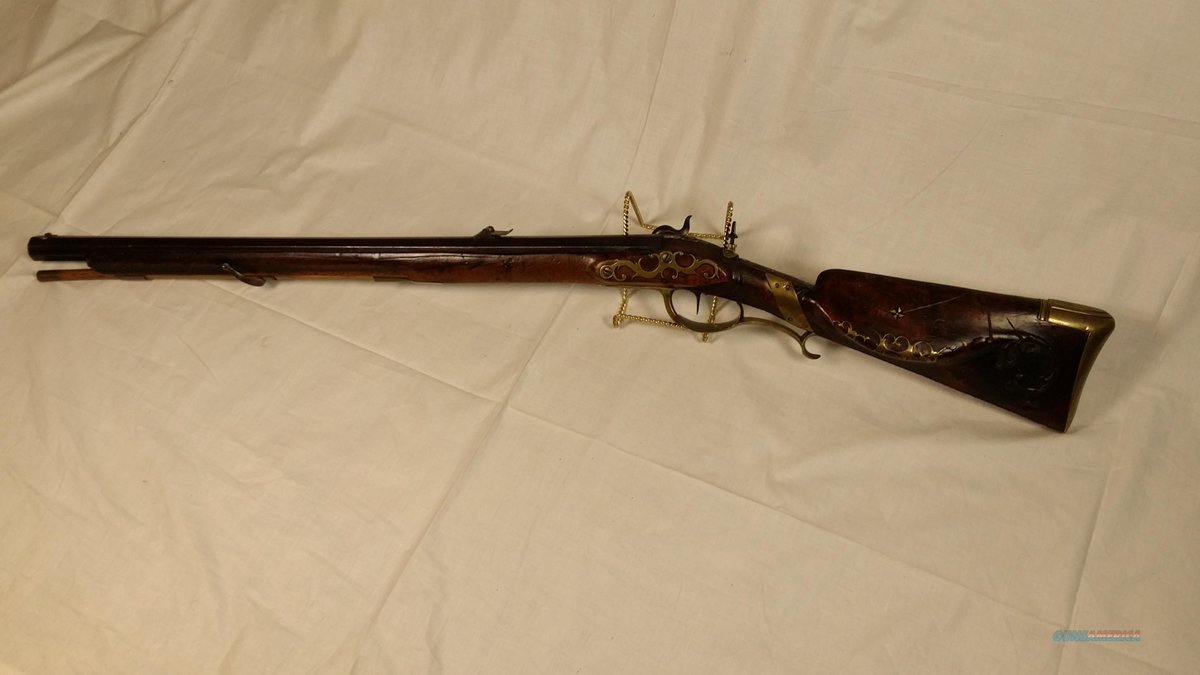
[25 of 40]
The idea of the Pennsylvania rifle is that rifling in the barrel of the weapon forces the ball to come out in a tight pattern.
By contrast, the musket is much wider. As a result, the ball bounces around as it comes out of the barrel.
The idea of the Pennsylvania rifle is that rifling in the barrel of the weapon forces the ball to come out in a tight pattern.
By contrast, the musket is much wider. As a result, the ball bounces around as it comes out of the barrel.

[26 of 40]
In fact, with the musket, you didn’t even aim!
The command for muskets was “Level, Fire!” [no point in aiming that thing]
In fact, with the musket, you didn’t even aim!
The command for muskets was “Level, Fire!” [no point in aiming that thing]

[27 of 40]
The Pennsylvania Dutch lengthened the barrel of the German design for even greater accuracy. The downside: the longer the barrel, the longer it took to load.
The Pennsylvania Dutch lengthened the barrel of the German design for even greater accuracy. The downside: the longer the barrel, the longer it took to load.

[28 of 40]
The rifle would separate the men of these new companies from the rest of the militia fighters.
The rifle would separate the men of these new companies from the rest of the militia fighters.

[29 of 40]
Many of the men in these companies were veterans of the French and Indian wars. Some were survivors of massacres by the Indians against frontier colonists. So, they’d seen incredibly violent combat.
Many of the men in these companies were veterans of the French and Indian wars. Some were survivors of massacres by the Indians against frontier colonists. So, they’d seen incredibly violent combat.
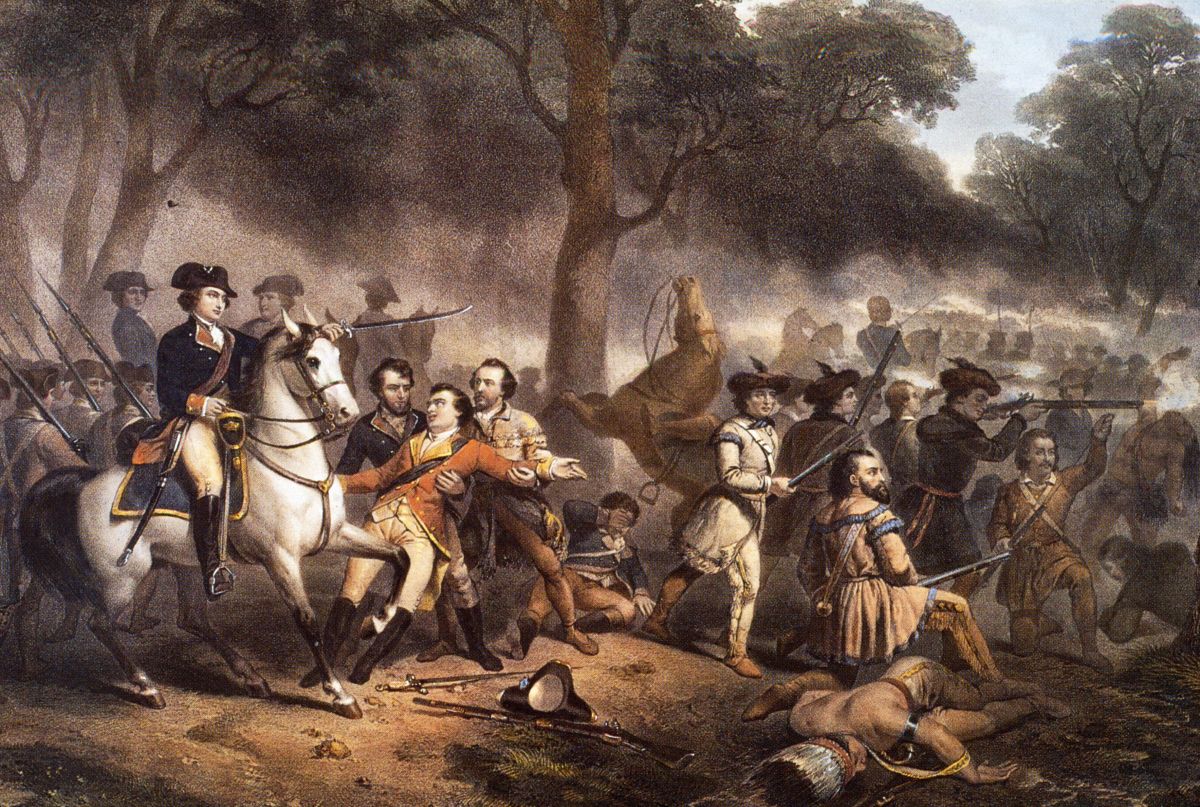
[30 of 40]
These expert riflemen, former frontier fighters who’d mastered this new technology [the rifle], are the forebears of today's Army Soldiers.
Hancock's order, 246 years ago today, is the origin of the US Regular Army [hence, the annual #ArmyBirthday on June 14th].
These expert riflemen, former frontier fighters who’d mastered this new technology [the rifle], are the forebears of today's Army Soldiers.
Hancock's order, 246 years ago today, is the origin of the US Regular Army [hence, the annual #ArmyBirthday on June 14th].

[31 of 40]
These initial 10 companies, the ancestors of today’s Army, were organized to fight UNDER, not AGAINST, the British empire.
These initial 10 companies, the ancestors of today’s Army, were organized to fight UNDER, not AGAINST, the British empire.

[32 of 40]
You see, at the time the colonies were at war with the Parliament, fighting for their rights under British rule and against oppressive parliamentary law.
They were NOT at war with the King.
You see, at the time the colonies were at war with the Parliament, fighting for their rights under British rule and against oppressive parliamentary law.
They were NOT at war with the King.

[33 of 40]
So the companies were formed and we had ourselves an Army.
The next day, June 15, 1775 that George Washington is selected as Commander-in-Chief of the Continental Army. [we had an Army before we had a Commander-in-Chief]
So the companies were formed and we had ourselves an Army.
The next day, June 15, 1775 that George Washington is selected as Commander-in-Chief of the Continental Army. [we had an Army before we had a Commander-in-Chief]

[34 of 40]
Seven days later, on June 22nd, 1775, two more companies were ordered from Pennsylvania. Additionally, all the companies from Pennsylvania were ordered to consolidate as the Army’s first battalion.
Seven days later, on June 22nd, 1775, two more companies were ordered from Pennsylvania. Additionally, all the companies from Pennsylvania were ordered to consolidate as the Army’s first battalion.

[35 of 40]
William Thompson, born in Ireland and emigrated in 1755 to Carlisle, Pennsylvania, was selected to command these forces. On June 25th, 1775, he accepted commission as the first Colonel of the Continental Army. Here's a photocopy of his commission.
William Thompson, born in Ireland and emigrated in 1755 to Carlisle, Pennsylvania, was selected to command these forces. On June 25th, 1775, he accepted commission as the first Colonel of the Continental Army. Here's a photocopy of his commission.

[36 of 40]
So, William Thompson is our first Colonel and our Army’s first Battalion Commander (in terms of lineal ancestry). He was a frontier fighter who led troops in the French and Indian Wars.
Thompson was promoted to Brigadier General in 1776.
So, William Thompson is our first Colonel and our Army’s first Battalion Commander (in terms of lineal ancestry). He was a frontier fighter who led troops in the French and Indian Wars.
Thompson was promoted to Brigadier General in 1776.

[37 of 40]
In June 1776, during a relief expedition against Canada and on 8 June 1776, Thompson was captured by the British at the Battle of Three-Rivers near Quebec.
He was subsequently paroled and allowed to stay as a prisoner in his own house [pictured] near Carlisle.
In June 1776, during a relief expedition against Canada and on 8 June 1776, Thompson was captured by the British at the Battle of Three-Rivers near Quebec.
He was subsequently paroled and allowed to stay as a prisoner in his own house [pictured] near Carlisle.

[38 of 40]
Thompson was not exchanged until October 25, 1780. He was sick during his imprisonment and our first Colonel died of poor health in 1781 at age 45.
Thompson was not exchanged until October 25, 1780. He was sick during his imprisonment and our first Colonel died of poor health in 1781 at age 45.

[39 of 40]
You can see the fingerprints of William Thompson & the men of the 10 companies raised 246 years ago across today’s Army.
Today's Soldiers are warfighters, experts in their craft. They seek asymmetric advantage and master new technology for their Nation.
You can see the fingerprints of William Thompson & the men of the 10 companies raised 246 years ago across today’s Army.
Today's Soldiers are warfighters, experts in their craft. They seek asymmetric advantage and master new technology for their Nation.

Thanks
• • •
Missing some Tweet in this thread? You can try to
force a refresh





